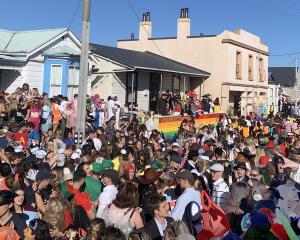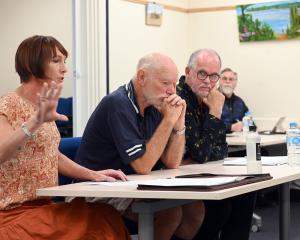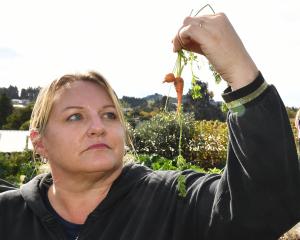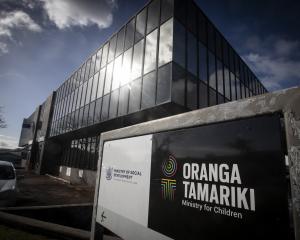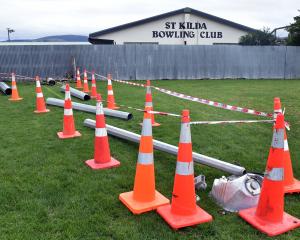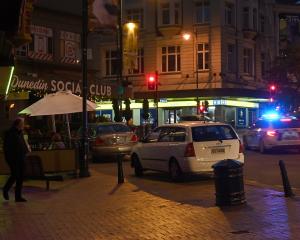Prof Russell Frew is director of the Isotrace Research Unit at the University of Otago's chemistry department, and has highlighted the protective value of isotopic analysis.
That Otago unit recently played an important role in gathering evidence involving a high-profile threat to poison baby milk powder with 1080 pesticide.
In the High Court at Auckland last month, Auckland businessman Jeremy Hamish Kerr (60) was sentenced to eight and a-half years' jail, after earlier admitting two counts of blackmail involving a threat to spike infant formula with 1080.
The cost of those threats to organisations and the New Zealand economy has been estimated at more than $30million.
Prof Frew earlier prepared a report for New Zealand Police based on the unit's analysis of the stable isotopic composition of the 1080 in the two milk powder-containing letters sent to Fonterra and Federated Farmers, and of 43 other samples of 1080. Those 43 samples represented all known sources of the chemical in New Zealand.
Prof Frew returned to Otago University last year after three and a-half years on secondment with United Nations agencies in Austria, where he worked on better protecting the integrity of the world's food supplies, including through the use of smart isotopic technology.
Comparing ratios of isotopes was a particularly good way to distinguish different sources of the same chemical substance, he said.
‘‘Essentially, we can identify isotopic ‘fingerprints' that indicate whether various samples came from the same or different production batches, for example,'' he said.
Because only trace amounts of 1080 were mixed with the milk powder, unit member Dr Robert Van Hale first had to undertake a pilot study to confirm the two samples could be accurately analysed.
Analysis of the 43 samples and the 1080 from the letters later went ahead. Helped by Prof Richard Barker and Dr Matthew Schofield, of the Otago mathematics and statistics department, the Otago team was able to determine that five of the nationwide 1080 samples stood out strongly.
The court subsequently heard that three of these five samples were closely associated with the accused.




